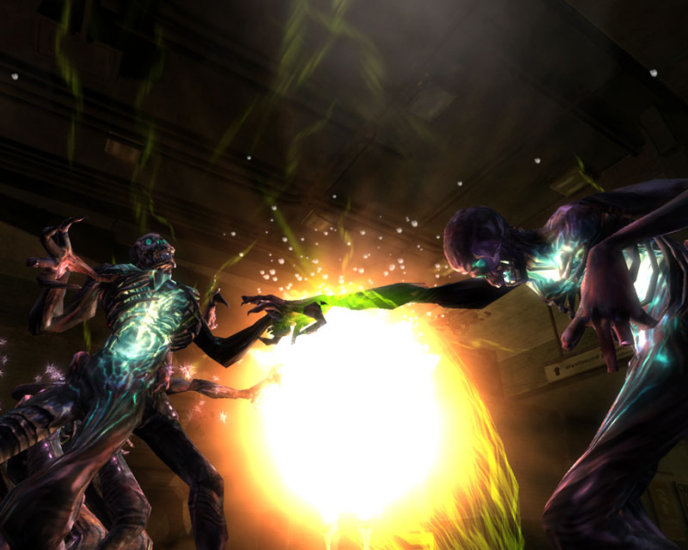
Cowan says the cinematics team at Bungie did all the layout and rough animation, sending to animation houses a Maya file with all the camera work, timing and blocking done. The game ended up with 30 cinematics running about 50 minutes. "Because we didn't have to hand author it anymore, it allowed us to iterate much more quickly and make changes without worrying about how it would effect the timing of the script." "Our tools engineers created an export process out of Maya that basically auto-generated the script our engine needed to run the cinematic," he says.

Most of that information already existed in the Maya files, and the data that wasn't could easily be added. basically everything that happened in the scene," Cowan adds. "In Halo 2, we had to write a script many pages long for each cinematic calling specific animations on characters at certain times, creating and destroying objects and effects, calling out start times for dialog and music. Cowan, cinematics director for Bungie Studios, says the entire cinematic pipeline was rebuilt for Halo 3. The third entry in the series had to deliver big time, and that required some special work on the cinematics side.Ĭ.J. The previous games helped establish the Xbox as a major gaming platform and raised the bar on cinematics. Of course, no game has made a bigger splash this fall than Halo 3. Here, VFXWorld takes a look at the very different circumstances and techniques used in the creation of cinematics for a few of the current top games. Producing cinematics is not dissimilar from 3D animation and vfx work for film and TV, though the specifics of the game industry and the needs of particular games have a tremendous impact on how these short spots are made.

As videogames have become more cinematic, the need for movie-quality visuals has grown, particularly in the cut scenes and short sequences between game play called cinematics.


 0 kommentar(er)
0 kommentar(er)
